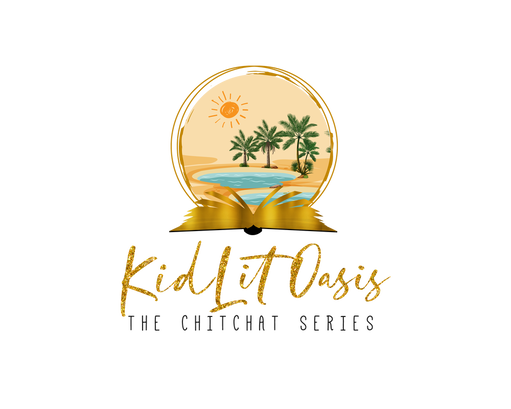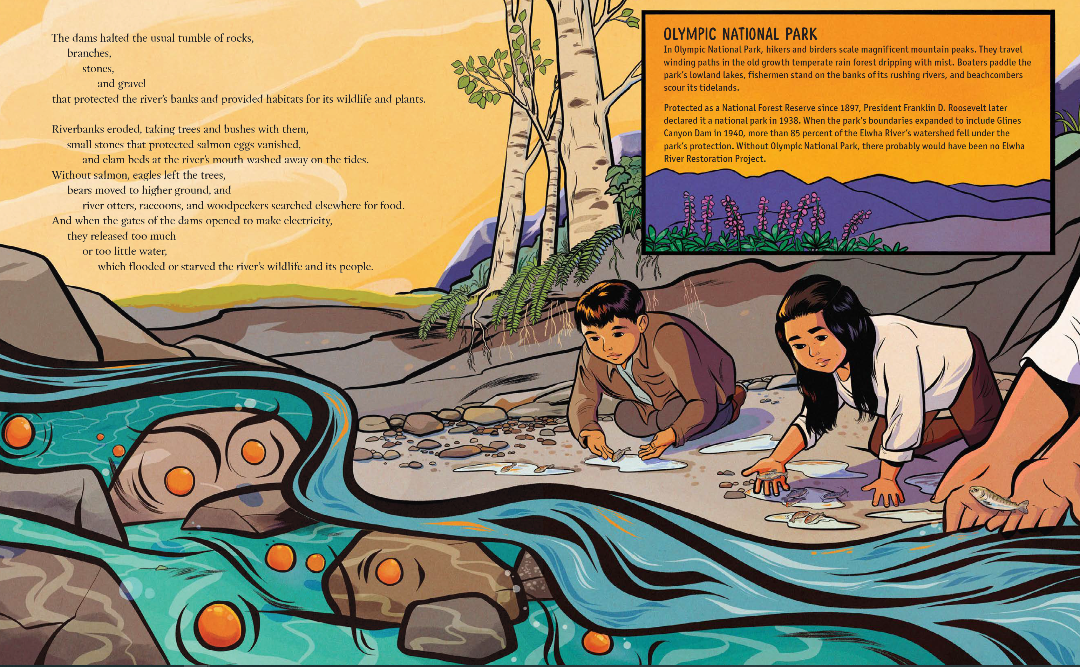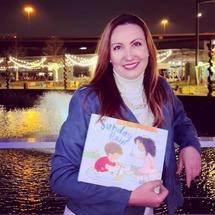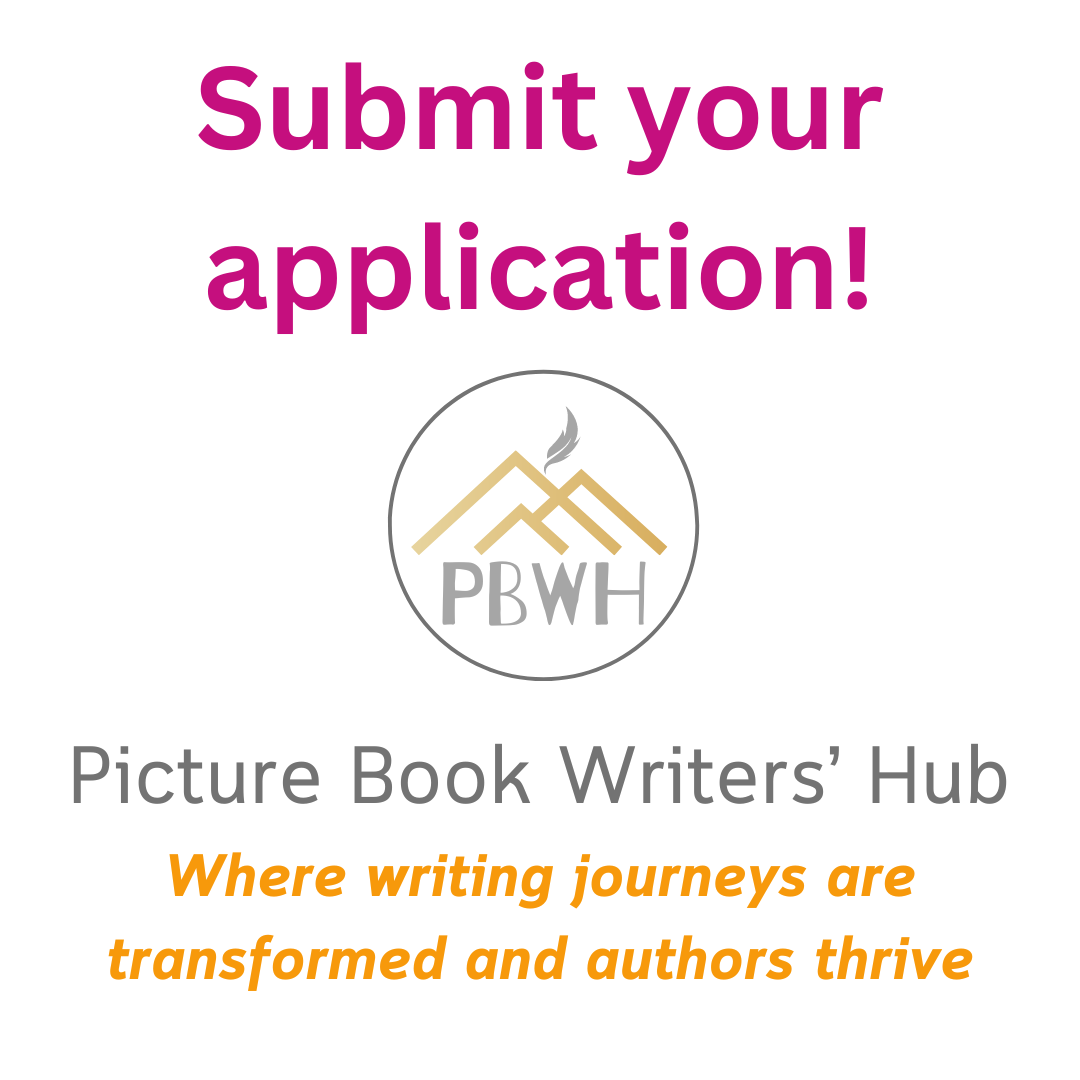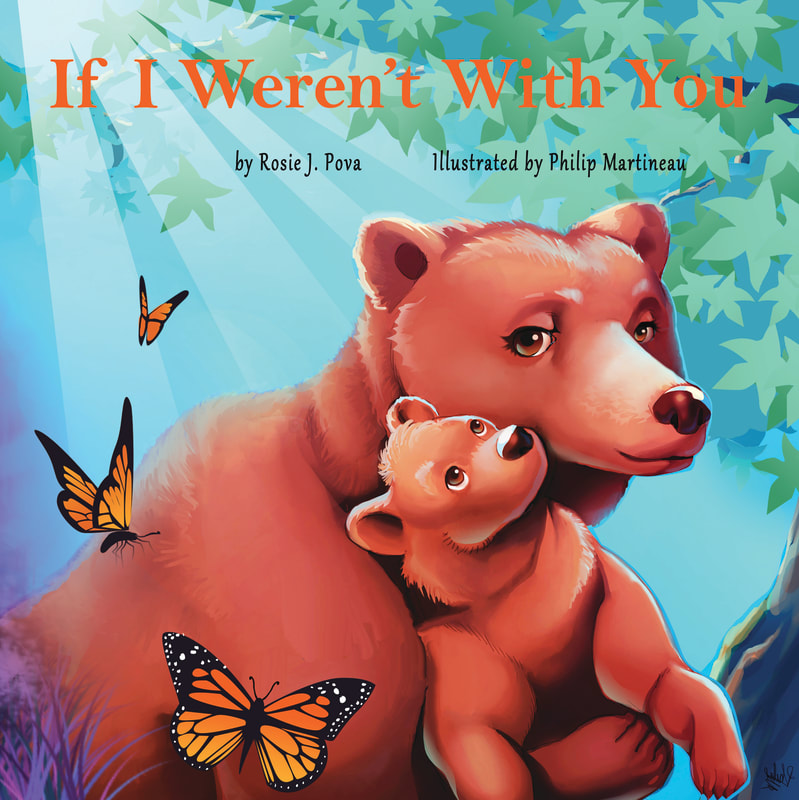|
Welcome back, Patricia Newman! Thank you for returning to the KidLit Oasis as my guest—which means you liked my hospitality the first time ☺, but it also means you have a new book coming out that you'll be sharing with our readers! Congratulations! So, first, let me ask you this: I know that every book is special to its author in a particular way—how is this book special to you? Dear to your heart in a different way? What was the experience like, compared to previous ones? A: Hi, Rosie. Thanks for that warm welcome. Like most of my books, A RIVER’S GIFTS happened by accident. In the fall of 2018, my husband was chatting with a colleague about what her college-aged triplets did over the summer. She mentioned that Theo, one of the triplets, worked on the Elwha River Restoration in Washington. Engineers had just breached two dams to drain Lake Aldwell above the one-hundred-year-old Elwha Dam and Lake Mills above the eighty-five-year-old Glines Canyon Dam. Theo helped replant the barren lakebed with native seeds and seedlings, one member of a small army of botanists and volunteers who would go on to plant 400,000 plants on 800 acres of lakebed over seven years. After hearing about this amazing effort, my husband came home and said here’s your next book. His instincts are good after living with me for thirty-eight years, so, I started digging. Every fascinating piece of information I found led to more questions, which led to more digging. I gravitate toward these complex environmental stories with several stakeholders. For A RIVER’S GIFTS, I worked with a scientist at the Olympic National Park and several different members of the Lower Elwha Klallam Tribe, aka The Strong People. I loved that the Elwha’s story focuses on environmental justice and our connection to nature. The river’s restoration was a community effort characterized by hope and renewal. One reviewer called A RIVER’S GIFTS an example of rewilding, and I completely agree. Is there an interesting behind-the-scenes about the idea for the story, its creation, an unusual journey to publication perhaps? What stands out? A: One particularly thorny question we had was: Did The Strong People build weirs across the Elwha to trap fish? Sources at the National Park said probably not because the Elwha is a fast-moving river, but tribal sources said the weirs were likely. A tribal librarian found the proof for me, but to complicate matters, that proof was not scheduled to be publicly released until after A RIVER’S GIFTS was published. I had a decision to make. I went with the tribe’s traditional knowledge, knowing that someday verifiable documents would also be available to support the tribal wisdom. Q: And to piggyback on the questions above, did anything surprise you with this book or the publisher's approach (whether it was the same publisher or a new one)? Did you learn anything new? Was it harder or easier to bring the book into the world? A: I always learn a ton of new stuff when writing a book. I LOVE research and I think that’s the main reason I write nonfiction. As I mentioned, nature is a particular interest of mine because most of us don’t understand our connections to nature and how it supports us. Whenever I find a story that highlights CONNECTION, I need to know more. If you are familiar with Planet Ocean, Sea Otter Heroes, Eavesdropping on Elephants, Zoo Scientists to the Rescue or Plastic, Ahoy!, you know those books are for middle-grade readers and illustrated with photos. With A RIVER’S GIFTS, I proposed something brand new to my editor, Carol Hinz at Millbrook Press/Lerner. I knew this book needed to be illustrated because the story begins thousands of years ago when the Elwha River first formed. I also proposed a 48-page picture book format, which is much longer than the standard 32-page picture book. Add to those changes, a completely new, lyrical writing style to mimic the river’s flow that Carol had never seen from me before. I admit I took a calculated risk, but I wrote my proposal to show why the book needed these elements, which I hoped justified the extra production expense. Q: When did you find out who the illustrator was for the project and were you asked for an input? What was it like working with the illustrator for this book? When did you first see the art and what was your reaction? A: Yes, definitely. Carol proposed Natasha Donovan as the illustrator right from the start. I immediately knew she was right for the project. Natasha is Métis and lives near the Elwha River, so the Pacific Northwest flora and fauna are in her blood. The cover image of her website shows young salmon in a river habitat! I first saw sketches from Natasha. Sketches with bold dark lines but no color. Even in her sketches Natasha recreated the rough and tumble of the river. I was hooked, but when she added color, I fell in love with the spreads. They perfectly capture the movement and beauty of the Elwha River and its importance to The Strong People’s culture, livelihood, and spirituality. Q: What do you hope to accomplish within the next 2-3 years? Any specific goals or aspirations—personal or writing related—that you could share with us? A: I want to keep showing up for nature, finding hidden connections to help readers appreciate and understand why the environment is worth saving. Q: What's coming up for you next? Please tell us about any other exciting news, upcoming events or anything else you'd like to share with our readers? A: I have proposals written for two other amazing nature stories, so cross your fingers that editors like them! In my immediate future I will be presenting a one-hour webinar for Writing Blueprints on creating a nonfiction children’s book proposal. After that I am traveling to Georgia to speak to preservice teachers about the wonders of nonfiction: the components of today’s nonfiction and how to use it in the classroom to teach writing and to support content area instruction. Critically acclaimed author of nonfiction books for children and recipient of a Sibert Honor, Patricia Newman empowers her readers to seek connections to the real world and to use their imaginations to act on behalf of their communities. Using social and environmental injustice as inspiration for books, Patricia frequently speaks to adults and children share how we can affect change.
0 Comments
Your comment will be posted after it is approved.
Leave a Reply. |
About Rosie J. PovaRosie J. Pova is a multi-published, award-winning children's author and kid lit Writing Coach. She's the creator of Picture Book Mastery System™ that is proven to help emerging children's writers advance their career and get closer to their publishing goals.
Rosie's latest picture book, Sunday Rain, was featured in The New York Times and recommended by Parents magazine. Her upcoming picture book, The School of Failure: A Story About Success will be released in the spring of 2022 in both China and the USA. Rosie also loves to visit schools and her interactive workshops empower students to unleash their creativity and grow in confidence through reading, writing, and creating. Teachers and librarians love Rosie for her bubbly, upbeat personality which captures students' attention, encourages them to think creatively, and motivates them to pursue big dreams. She has been featured on TV, radio, podcasts, and print media, and also speaks on women's and moms’ topics, sharing her journey from a Bulgarian immigrant to a published author. Find out more about Rosie's online courses, mentorships, and her work by visiting her website: RosieJPova.com Check out her Critique Services here, her Workshops here, and her school visits page here. Rosie is represented by Jackie Kruzie of Focused Artists. Twitter: @RosiePOV Archives
July 2024
Categories
All
|
|
Connect with Rosie
|
|

